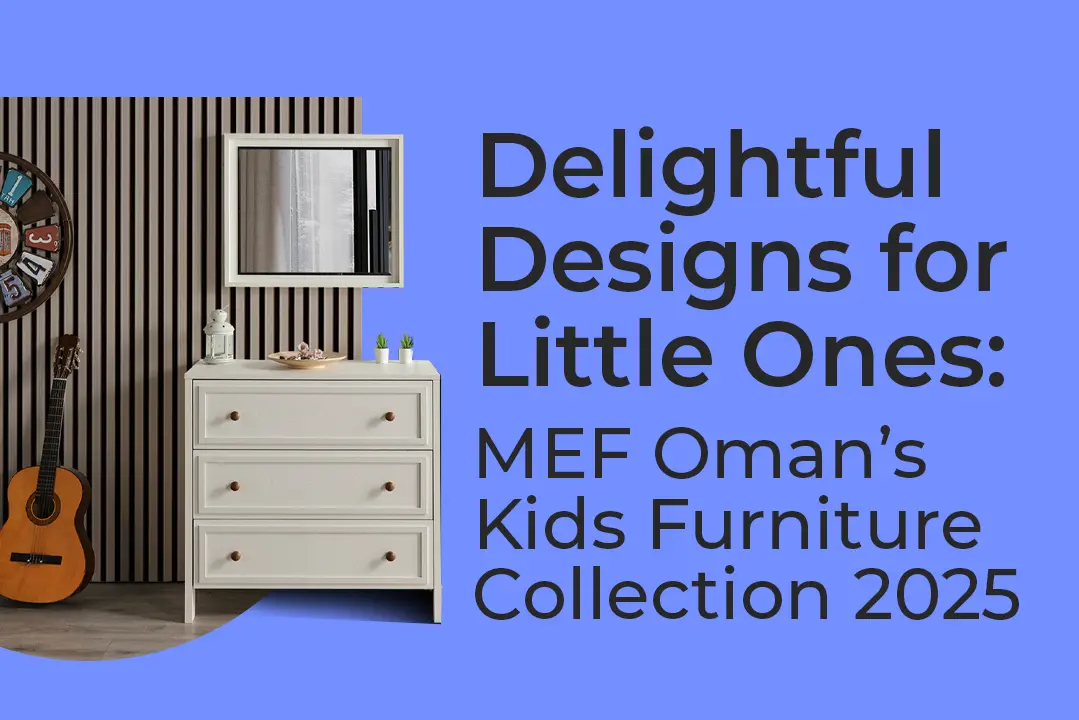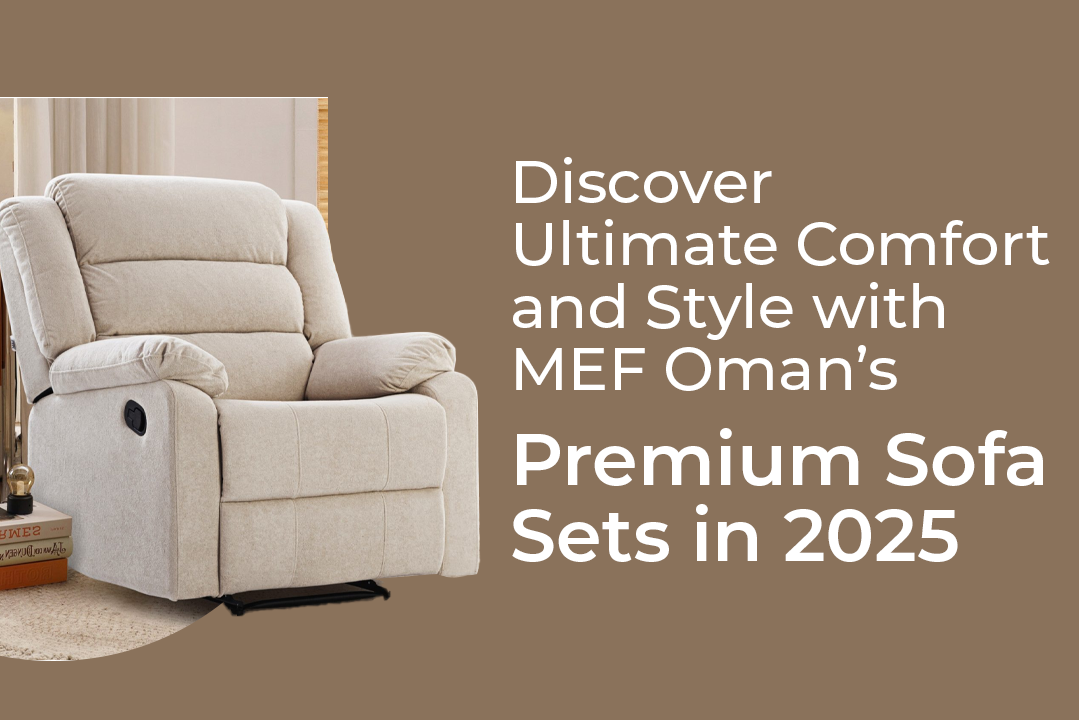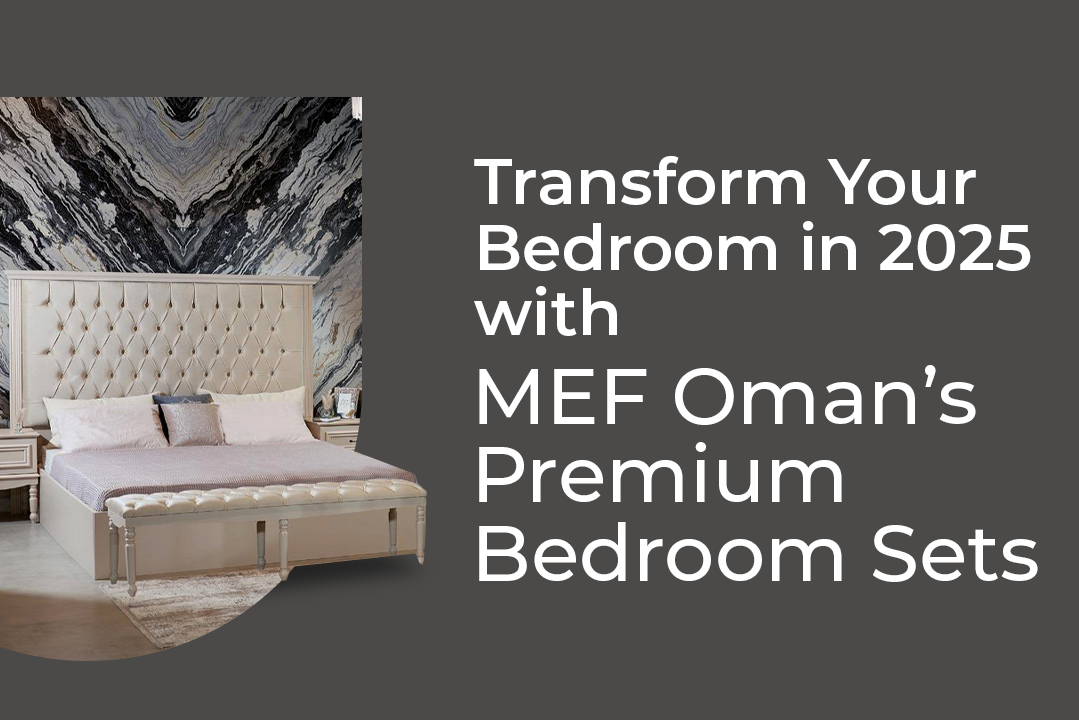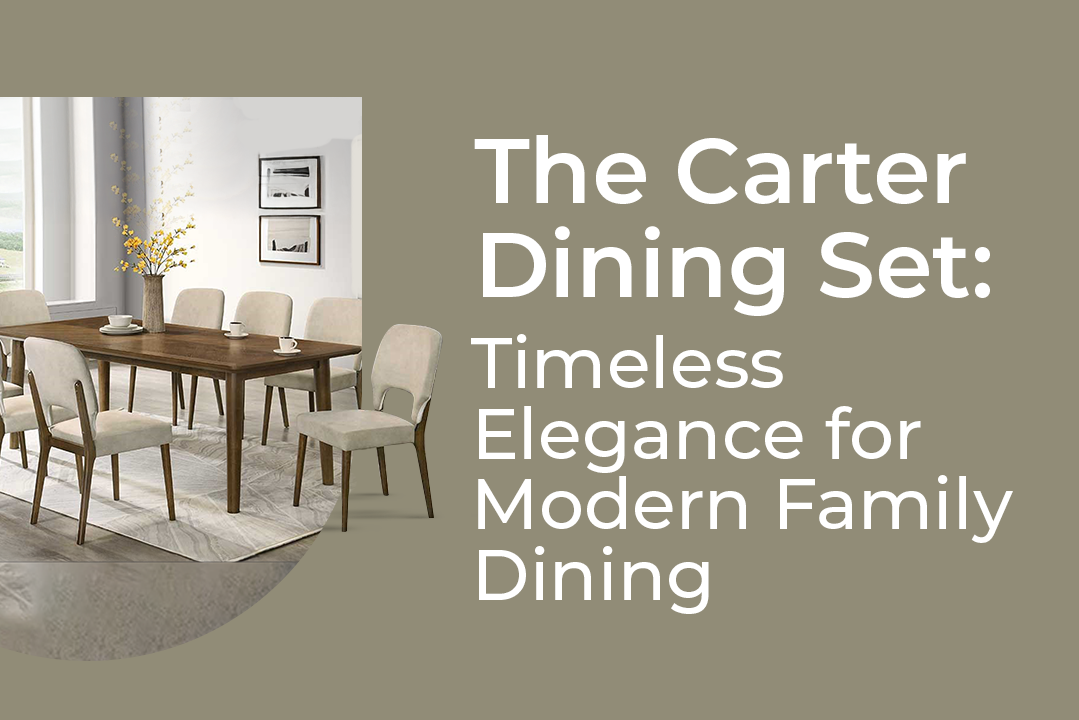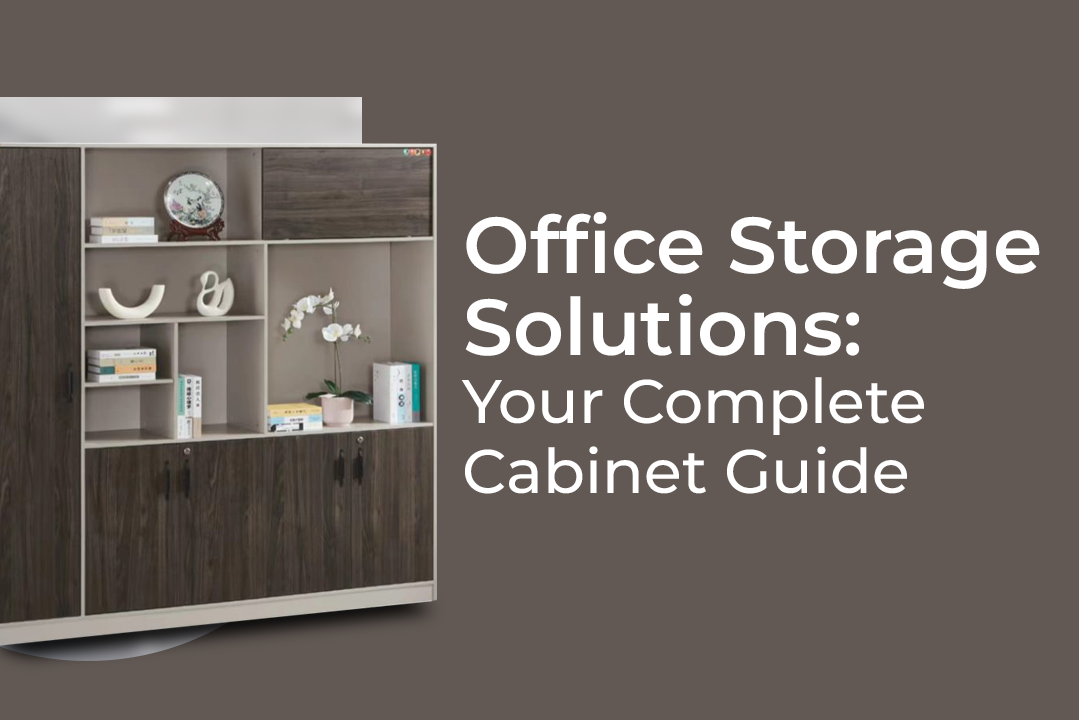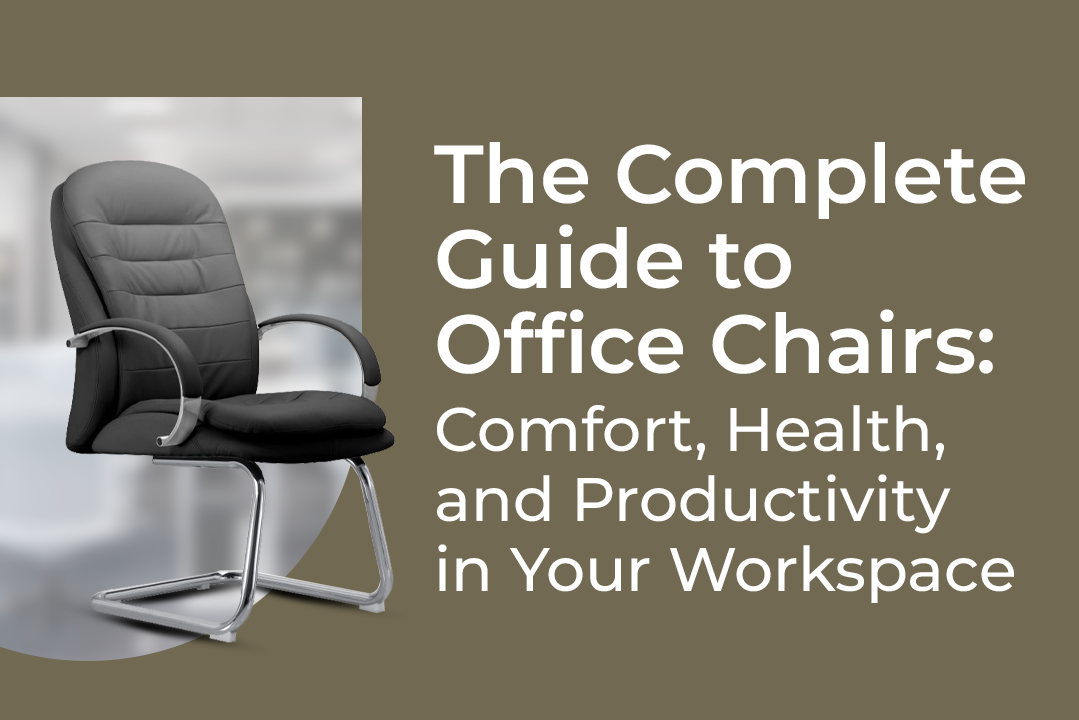In today’s dynamic work environments, the conference table has evolved beyond a mere meeting surface to become a focal point that embodies a company’s ethos, facilitates collaboration, and integrates advanced technology. Balancing aesthetic appeal with practical functionality is essential in selecting the ideal conference table for modern offices
The Role of Conference Tables in Modern Workspaces
Conference tables serve as the nucleus of collaborative efforts, strategic discussions, and client interactions. Their design and functionality can significantly influence the effectiveness of these engagements. A well-chosen conference table not only enhances the room’s visual appeal but also fosters a conducive environment for productivity and creativity.
Key Considerations for Selecting Conference Tables
When choosing a conference table that marries style with function, consider the following factors:
1. Design and Aesthetics
The design of the conference table should align with the overall interior décor of the office. Whether opting for a sleek, minimalist look or a more traditional design, the table should reflect the company’s brand identity and culture.
2. Functionality and Flexibility
Modern conference tables are designed to adapt to various meeting formats. Features such as modular sections, adjustable heights, and foldable components offer flexibility to reconfigure spaces as needed, supporting both large gatherings and intimate discussions.
3. Technological Integration
Incorporating technology is paramount in contemporary conference table designs. Built-in power outlets, USB ports, wireless charging pads, and cable management systems ensure seamless connectivity and a clutter-free environment, catering to the technological demands of modern meetings. https://interiorgod.comKaguyasu Office Furniture Store
4. Ergonomics and Comfort
Prioritizing ergonomics ensures that participants remain comfortable during extended meetings. Tables with appropriate height, ample legroom, and smooth edges contribute to a comfortable setting, promoting focus and engagement.
5. Sustainability
With a growing emphasis on environmental responsibility, selecting conference tables made from sustainable materials reflects a company’s commitment to eco-friendly practices. Utilizing recycled or renewable resources in furniture contributes to sustainability goals.
Emerging Trends in Conference Table Design
The evolution of conference table design is influenced by technological advancements, changing work patterns, and aesthetic preferences. Notable trends include:
- Integration of Smart Technologies: Tables equipped with IoT devices, touchscreens, and interactive features enhance collaboration and streamline operations. Vivo Technologies
- Use of Bold Colors: Incorporating vibrant hues, such as Electric Blue, adds energy and modernity to conference spaces, aligning with contemporary design trends. Better Homes & Gardens
- Innovative Materials: The use of unconventional materials, including recycled composites and bio-based substances, offers unique textures and sustainable options for conference tables. Latest news & breaking headlines
- Minimalist and Open Designs: Emphasizing clean lines and open spaces creates an uncluttered environment, fostering clear thinking and creativity.
Conclusion
Selecting a conference table that harmoniously blends style and function is pivotal in designing a modern office space. By considering design aesthetics, functionality, technological integration, ergonomics, and sustainability, businesses can create meeting environments that not only reflect their brand identity but also enhance productivity and collaboration. Staying abreast of emerging trends ensures that conference spaces remain relevant and inspiring in the ever-evolving landscape of modern workspaces.
FAQs
What factors should I consider when selecting a conference table for a modern office?
- Consider the table’s size, shape, material, technological integration, and how it complements your office’s aesthetic and functional needs.
How does the shape of a conference table impact meetings?
- Rectangular tables are traditional and formal, round tables promote equality and collaboration, and modular tables offer flexibility for various meeting formats.
What materials are commonly used in modern conference tables?
- Common materials include wood, glass, metal, and composites, each offering different aesthetics and durability levels.
How can technology be integrated into conference tables?
- Modern conference tables can feature built-in power outlets, USB ports, wireless charging, and cable management systems to support technological needs.
What are the benefits of modular conference tables?
- Modular tables provide flexibility, allowing reconfiguration to accommodate different meeting sizes and purposes.
How do I maintain and care for a conference table?
- Regular cleaning with appropriate products, avoiding excessive weight, and promptly addressing any damages can prolong the table’s lifespan.
Are there eco-friendly options for conference tables?
- Yes, many manufacturers offer tables made from sustainable materials or with environmentally friendly production processes.
How important is ergonomics in conference table design?
- Ergonomic design ensures comfort during meetings, which can enhance productivity and reduce physical strain.
Can conference tables be customized?
- Many manufacturers offer customization options, allowing businesses to tailor tables to their specific aesthetic and functional requirements.
What is the typical lifespan of a conference table?
- With proper care, a high-quality conference table can last many years, though this depends on the materials used and the level of usage.



